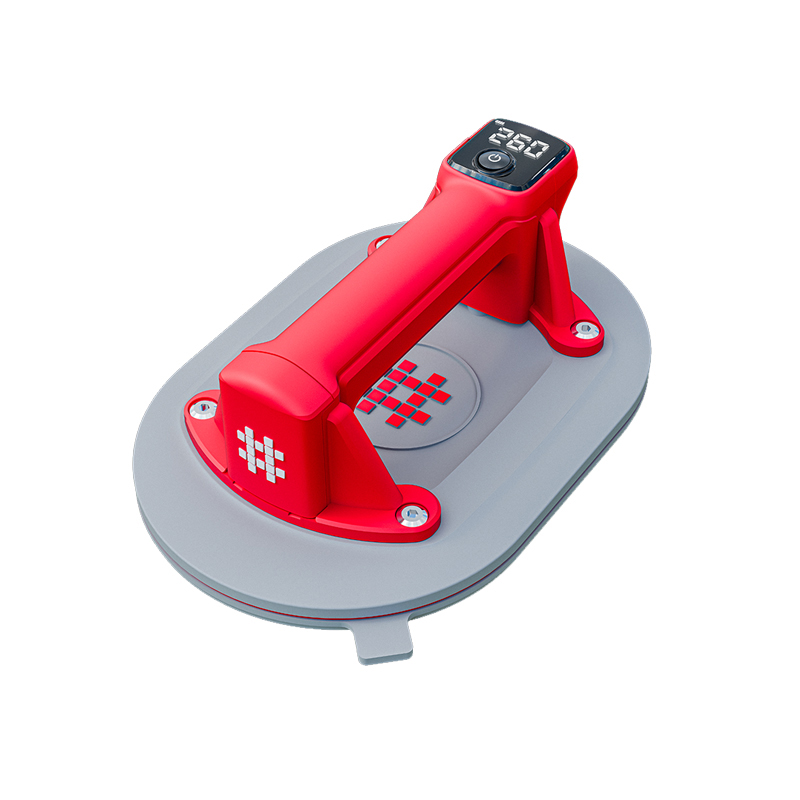You can learn the recent information of Shijing.

In the realm of everyday life, we often encounter objects that seem to defy gravity, clinging to surfaces with an unwavering grip. These marvels of engineering are known as vacuum suction cups, and they have become an integral part of our modern world, enabling a wide range of practical applications.
At the heart of this phenomenon lies the science of atmospheric pressure, a fundamental force that is often overlooked but plays a crucial role in our daily lives. Atmospheric pressure, the weight of the air pressing down on the Earth's surface, is a constant and ever-present force that we notice, yet it is the driving force behind the remarkable capabilities of vacuum suction cups.
To understand the science behind vacuum suction cups, we must to begin with delving into the concept of atmospheric pressure. The Earth's atmosphere is a complex and dynamic system, with air molecules constantly in motion, exerting a force on everything they encounter. At sea level, the average atmospheric pressure is approximately 14.7 pounds per square inch (psi), or 101.325 kilopascals (kPa). This pressure is the result of the weight of the air column above the Earth's surface, and it is this pressure that allows vacuum suction cups to function.
When a vacuum suction cup is placed on a smooth, non-porous surface, such as glass or metal, a seal is formed between the cup and the surface. This seal creates a small, enclosed space within the cup, effectively separating it from the surrounding atmospheric pressure. As the air is removed from this enclosed space, the pressure inside the cup drops, creating a partial vacuum. The higher atmospheric pressure outside the cup then pushes the cup against the surface, creating a strong adhesive force that can support significant weight.
The strength of the adhesive force generated by a vacuum suction cup is directly proportional to the difference between the atmospheric pressure and the pressure inside the cup. The greater the difference, the stronger the adhesive force. This principle is known as the "pressure differential" and is the foundation of the vacuum suction cup's remarkable capabilities.
Vacuum suction cups are not limited to a single application; they have found their way into a wide range of industries and everyday uses. In the construction industry, they are used to lift and move heavy glass panels, concrete blocks, and other large, unwieldy materials. In the automotive industry, they are used to hold parts in place during assembly and to secure windshields during installation. In the medical field, they are used to assist in the movement and positioning of patients during procedures, providing a safe and secure grip.
One of the fascinating applications of vacuum suction cups is in the field of robotics and automation. These versatile devices are used to pick up and manipulate a variety of objects, from electronic components to heavy industrial parts. By harnessing the power of atmospheric pressure, vacuum suction cups allow robots to handle a wide range of materials with precision and efficiency, revolutionizing the way we approach automation and manufacturing.
The science behind vacuum suction cups is not only fascinating but also constantly evolving. Researchers and engineers are continuously exploring new ways to optimize the design and performance of these remarkable devices, pushing the boundaries of what is possible. From improving the materials used in their construction to developing more advanced control systems, the future of vacuum suction cups is bright, with endless possibilities for practical applications.
As we delve deeper into the science behind vacuum suction cups, it becomes clear that these unassuming devices are a testament to the power of atmospheric pressure and the ingenuity of human engineering. By harnessing this fundamental force, we have unlocked a world of practical applications that have transformed the way we live, work, and interact with the world around us.
In conclusion, the science behind vacuum suction cups is a captivating and multifaceted topic that deserves our attention and appreciation. From the intricate workings of atmospheric pressure to the diverse range of practical applications, these remarkable devices continue to amaze and inspire us, reminding us of the incredible potential that lies within the natural world and our ability to harness it for the betterment of our lives.
 English
English 中文简体
中文简体 русский
русский Español
Español Deutsch
Deutsch
-1.jpg)

.jpg)

.jpg)
.jpg)



-2.jpg)
.jpg)

.jpg)











